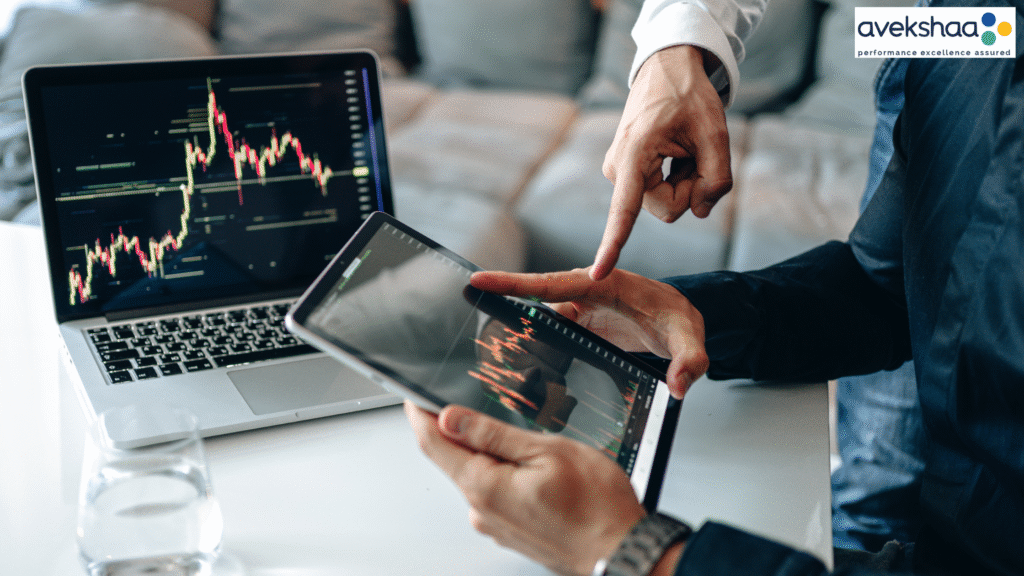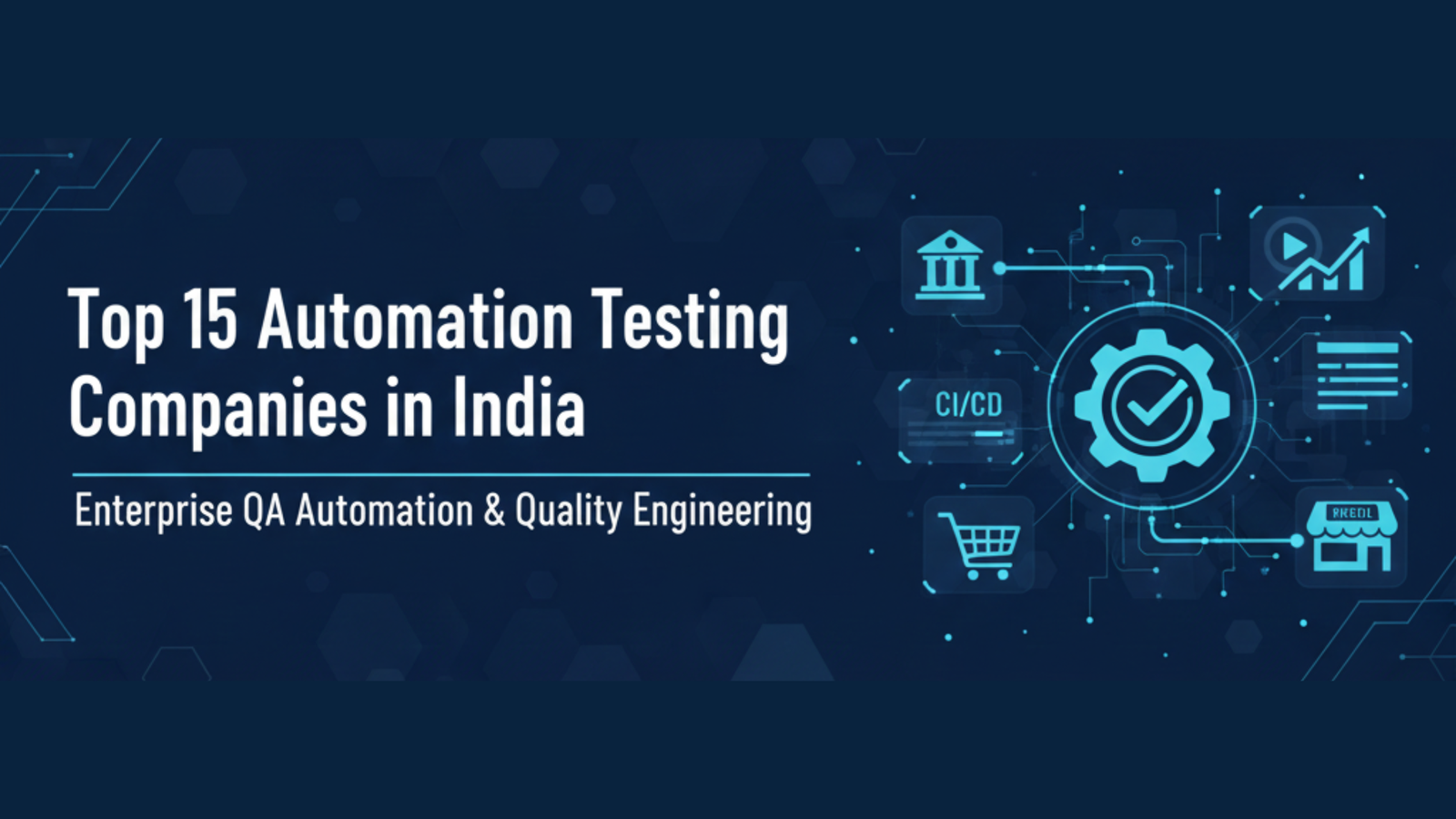Digital trading is no longer limited to Wall Street or exclusive financial institutions. From high-frequency trading (HFT) firms to crypto exchanges and mobile stock trading apps, digital platforms are reshaping how capital moves.
These platforms operate in a hyper-connected, high-stakes environment where technical performance defines success and speed is everything.
In digital trading, a one-second delay is not just inconvenient; it can mean missed opportunities, regulatory issues, and millions in lost revenue.
As digital business models grow more complex, technical reliability has become central to how these platforms operate, compete, and scale.
Did you know – “According to wikipedia, a study indicates that high-frequency trading firms are acutely impacted by microsecond-level delays, which translates to significant financial losses.”
Understanding Digital Trading Business Models
Digital trading platforms come in various forms, depending on the type of users they serve and the markets they access. The most common models include:
- High-Frequency Trading (HFT): Firms using algorithms to make thousands of trades per second, profiting from minuscule price differences
- Retail Trading Platforms: Apps that allow individuals to buy and sell securities with minimal friction
- Institutional Algorithmic Trading: Large investment banks or hedge funds using custom software to execute large orders efficiently
- Crypto Exchanges: Real-time, 24/7 digital markets for crypto assets where speed and liquidity are paramount
These platforms generate revenue through:
- Commissions and transaction fees
- Subscription models for data or premium tools
- Spread arbitrage
- Data licensing and analytics
- Partnerships with payment providers or custodians
What connects all these models? Their profitability hinges on speed, system resilience, and real-time decision-making. If the platform lags or crashes, even briefly, the business suffers.
Why Speed Equals Money in Trading
In capital markets, prices change in milliseconds. Orders are matched and filled in real time. A trading platform that is even a few milliseconds slower than a competitor may miss the best price, delay confirmations, or even lose a trade altogether.
Here’s how speed directly impacts the bottom line:
- Missed Trading Opportunities: Delays can cause execution at less favorable prices
- Decreased Profit Margins: Especially in HFT, where gains rely on fractions of cents per trade
- Increased Risk Exposure: Slower platforms can hold positions longer than necessary
- Customer Churn: Traders demand reliability; even small frustrations push them to faster competitors
In this environment, technical infrastructure must do more than just keep up. It must anticipate surges, handle concurrency, and maintain performance under pressure, especially during volatile events like earnings releases or geopolitical news.
Case Studies: When Millisecond Delays Made Headlines
Even a brief performance issue can trigger major consequences. In 2012, Knight Capital Group lost over $400 million in 45 minutes due to a software deployment error.
The system sent erroneous trades into the market, overwhelming their position, all due to a technical performance oversight.
In another case during the 2021 GameStop trading frenzy, Robinhood halted purchases of GameStop and several other heavily traded stocks due to system stress and clearinghouse requirements, all while allowing sales to continue.
This sudden restriction caused outages and user outrage as they struggled to place trades during a peak demand period.
These examples underscore the need for rigorous software quality testing, strong production management, and continuous performance monitoring, especially when milliseconds mean money.
What Causes Performance Slowdowns?
Even the most well-funded platforms can experience performance failures if key systems are not optimized. Common bottlenecks include:
- Server Latency: Overloaded or misconfigured servers that slow down order execution
- Network Delays: Poor routing or lack of global distribution slows data transmission
- Inefficient Code or Algorithms: Logic errors or bloated code increases execution time
- Concurrency Issues: Sudden traffic spikes during key market hours strain the system
- Unoptimized Production Environments: Rolling out updates without production management can cause unintended slowdowns
Without proactive technical oversight, these issues can escalate quickly, costing not just trades but also trust and brand value.
Real-World Impact of Performance Failures
There have been multiple cases where trading platforms experienced catastrophic losses due to seemingly small technical flaws. One missed trigger in an algorithm. One delay in processing orders. One failed connection to an exchange.
For example, a major retail trading app experienced outages during a market surge, leaving users unable to sell or buy stocks.
The resulting user backlash led to lawsuits, regulatory scrutiny, and a loss of credibility, all because performance was not resilient enough to meet real-world demand.
In high-frequency environments, firms have reportedly lost millions of dollars in seconds due to unexpected latency. When performance fails, the damage is immediate and often irreversible.
Performance as a Competitive Advantage
In digital trading, performance is not just a technical metric, it is a business differentiator. Platforms that deliver speed, stability, and security gain significant advantages:
- Better Trade Execution: Meaning better pricing and higher profitability
- Customer Loyalty: Users stay where systems are dependable
- Regulatory Readiness: Reliable systems reduce compliance risks
- Scalability: Platforms that perform well under pressure are more likely to succeed during growth phases or market volatility
This is where tools like application performance management and app performance monitoring make a difference. They help technical teams proactively detect slowdowns, identify root causes, and improve end-to-end responsiveness, long before traders notice a problem.
Best Practices for High-Performance Trading Platforms
To stay ahead in the race for speed and reliability, digital trading platforms must build their business models on strong performance engineering foundations. These best practices are essential:
- Application Performance Testing: Regular load and stress tests to identify weak points before they affect users
- Real-Time Monitoring: Constant tracking of performance metrics helps detect anomalies immediately
- Scalable Architecture: Infrastructure that grows with demand and auto-adjusts during peak activity
- Production Management: Careful rollout of new features or updates without impacting live environments
- Software Quality Testing: Rigorously testing every deployment for bugs, regressions, and compatibility issues
Incorporating these practices ensures that performance becomes a continuous, proactive effort, not a reactive fix after downtime or user complaints.
Conclusion
In the world of digital trading, milliseconds can define the difference between profit and loss, between opportunity and error. Performance is not an IT problem, it is a strategic priority.
Every order routed, every price updated, and every confirmation sent must happen instantly, securely, and without fail. The platforms that deliver this consistency will win trust, market share, and long-term business growth.
Those that don’t, even briefly, risk losing everything.
Power Your Platform With Proven Performance
Avekshaa empowers digital trading platforms to operate at peak performance, even in the most demanding market conditions.
Our expertise spans application performance testing, real-time monitoring, software quality testing, and production management, helping trading businesses reduce latency, improve uptime, and scale confidently.
Frequently Asked Questions
1. What is a digital trading platform?
A digital trading platform is an online system that allows individuals or institutions to buy and sell financial instruments such as stocks, bonds, commodities, or cryptocurrencies. These platforms often rely on real-time data, automated execution, and fast processing to complete trades efficiently.
2. Why is speed so important in digital trading?
Speed affects how quickly orders are placed and filled. Even a delay of a few milliseconds can result in a missed opportunity or execution at a less favorable price. In high-frequency and algorithmic trading, every millisecond counts toward profitability.
3. What happens when a trading platform experiences delays?
Delays can lead to failed or late trades, pricing errors, and missed opportunities. Users may lose trust in the platform, leave negative reviews, or even stop using the service altogether. In some cases, performance issues can result in regulatory penalties or legal claims.
4. What are the common causes of latency in trading systems?
Latency can result from a number of issues, including server overloads, network congestion, inefficient algorithms, or poor software deployment practices. Without real-time monitoring and performance management, these bottlenecks can go unnoticed until they impact users.
5. How can platforms reduce performance risks?
Using best practices such as application performance testing, app performance monitoring, and production management helps identify and resolve issues before they affect the end user. These tools ensure systems are stable, scalable, and fast.
6. What is application performance management in trading?
Application performance management (APM) refers to monitoring, analyzing, and optimizing how trading applications function. It helps detect slowdowns, crashes, and inefficiencies, allowing businesses to maintain high-speed, high-reliability systems.
7. Can delays really cost millions of dollars?
Yes. In fast-paced markets, a single delayed order can miss a favorable price window. For firms executing thousands of trades per minute, even small performance issues can add up to significant financial losses over time.
8. What role does production management play in performance?
Production management ensures that software updates, patches, or infrastructure changes do not disrupt live trading environments. It helps maintain uptime and reliability, especially during peak market hours or volatile trading sessions.
9. How does performance affect customer trust in trading platforms?
Users expect seamless, real-time interactions. A slow or unreliable platform creates stress and frustration, leading to user churn. High performance builds confidence, encourages higher trading volumes, and supports long-term customer retention.
10. How can Avekshaa help improve digital trading platform performance?
Avekshaa offers advanced solutions for application performance testing, real-time monitoring, software quality testing, and production optimization. Our services help trading businesses reduce latency, increase system resilience, and deliver a seamless user experience, even under extreme market pressure.


